I recently created a set of reading group discussion questions for the first book in my series, The Calling. An unconventional mystery with a coming of age element, set in rural Northeastern North Carolina, I’ve always thought it had “book club” qualities.
As I wrote the questions, I visualized the revision grid I used while I worked on the book, with the themes and plot elements mapped out, and it struck me that imagining a book club discussion could serve as a revision tool or even a plotting tool (for those who actually plot) for a work in progress.
 I was in a book club for many years in Virginia. We read fiction of varied genres as well as a good selection of nonfiction, and we had some great discussions about style, structure, themes, and characters, often disagreeing and enjoying our varied points of view. These are the questions I came up with for The Calling and added to its page on my web site.
I was in a book club for many years in Virginia. We read fiction of varied genres as well as a good selection of nonfiction, and we had some great discussions about style, structure, themes, and characters, often disagreeing and enjoying our varied points of view. These are the questions I came up with for The Calling and added to its page on my web site.
How did you respond to the book’s mixed genre? It’s been reviewed as mystery, women’s fiction, paranormal, coming of age, and literary fiction. Did you want it to fit a genre more neatly?
Mystery can mean an enigma, a puzzle, a secret, or something impossible to explain, as well as a novel about solving a crime. Without a crime to solve, what were the mysteries?
Were there any characters you had especially strong feelings about? What was it about them that affected you?
Is there a villain in The Calling? If you think there is, who is it and why do you see this person in that role? If you think there isn’t, explain why not.
Themes in the story include power, professional ethics, personal fulfillment, and privacy. The questions that follow explore those themes.
- If you had the gift of the Sight, with the same limits and abilities that Mae has, how would you use it? Would you be tempted to use it in ways that might cause you some ethical misgivings?
- The nature of Mae’s gift provokes concern about privacy in the course of the plot. Are there ever considerations that take priority over privacy?
- How does each of these characters—Charlie, Randi, Malba, Deborah, and Mae—approach his or her professional ethics?
- How did you see the issue of power play out in the story, in both personal and professional relationships?
- The story takes place before the #MeToo movement. What might be different if it was set in 2018?
- Mae’s desire for personal fulfillment is a driving force in the storyline. Did you identify with any of the obstacles and conflicts she faces?
- Religion and spirituality—Christianity, Buddhism, indigenous shamanic religions, New Age beliefs, and more—are important to many of the characters and to the development of the plot. Where did you see religion misused, and where did you see it supporting a character spiritually?
Now I need to write discussion questions for the other five books that follow. Even if book clubs don’t use them—though I hope they will—I can use them to analyze my protagonist’s character arc and the themes I’ve explored throughout the series. This will lay a foundation for a thoughtful revision of the work in progress, focused on the layers of depth and meaning behind the plot as well as the events that structure it.
*****
The Calling is free on all e-book retail sites through September 30th.

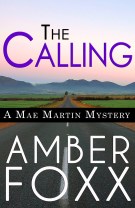
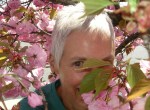
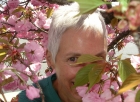

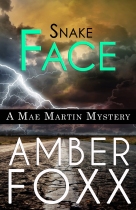

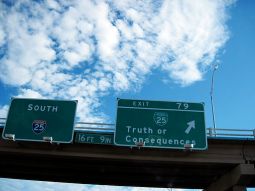

You must be logged in to post a comment.